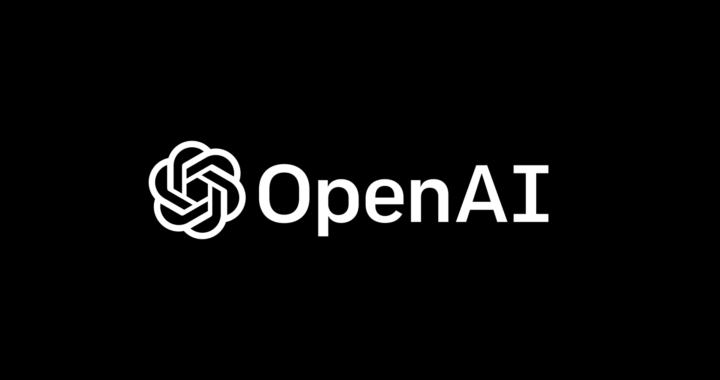Several prominent personalities to include Tesla and SpaceX honcho Elon Musk, author and startup accelerator Jessica Livingstone, internet entrepreneur and venture capitalist Reid Hoffman, tech researcher Greg Brockman, and German-American billionaire and venture capitalist Peter Andres Thiel announced the formation of OpenAI in December 2015.
Companies including Amazon Web Services, Infosys Limited, and Y Combinator are also founding members of the organization. Their contributions form part of over USD 1 billion in pledges that were used to launch and sustain the organization.
Other key figures became part of the founding members of the organization. These include entrepreneur and programmer Sam Altman, programmer and engineer Trevor Blackwell, computer scientist Andrej Karpathy, computer scientist Wojciech Zaremba, and machine learning scientist Ilya Sutskever, among others.
But what exactly is OpenAI? How does it operate? What does it do? What are the purpose or mission and vision of OpenAI? How does it generate revenues? What are its products? How does it contribute to the advancements of artificial intelligence?
Unlocking the Potential of Artificial Intelligence: Facts About OpenAI
Business Model and Structure
OpenAI is a research organization founded in 2015. It was initially founded as a non-profit organization but has transitioned to a “capped” for-profit organization beginning in 2019. The capped-profit model allows the organization to generate profits for the purpose of attracting investors needed to finance and advance its operations.
The same model grants employees stakes. This is crucial in attracting competent talents in the numerous fields and subfields of computer science and business management while also giving them the incentive to stay in the organization.
OpenAI is now composed of two bodies: the non-profit OpenAI Incorporate and the for-profit OpenAI Limited Partnership. It currently funds its operations through investments but has also announced that it licenses its technologies for commercial applications to tech companies. Profits generated from these licenses are capped at 100 times the investment.
Organizational Mission and Vision
The organization describes itself as an artificial intelligence “research and deployment company” with the mission of ensuring that “artificial general intelligence benefits all of humanity.” Note that artificial general intelligence of AGI represents highly autonomous systems that outperform humans at most economically valuable work.
Of course, to quell concerns about the threats of AGI, OpenAI has committed itself to building safe and beneficial technologies. It has also committed to open-sourcing its research and making its results accessible to the public.
The organization believes that transparency and collaboration are essential to the development of safe artificial intelligence. It also has a charter that forms the foundation of its corporate governance. This charter outlines and describes its functions and duties, long-term safety processes, technical leadership, and cooperative operation.
Specific Business Interest
It is important to highlight the fact that OpenAI is an artificial intelligence research laboratory. It conducts innovative research in different artificial intelligence systems, as well as the different artificial intelligence goals and subfields including machine learning, robotics, natural language processing, and the ultimate development of artificial general intelligence.
Nevertheless, considering the aforesaid organizational mission and vision, as well as its business model and structure, the pronounced purpose of OpenAI is to develop AI-based technologies with the intention of generating profits through licensing agreements.
The organization has been at the forefront of AI research since its founding. It has also introduced groundbreaking innovations that helped advance AI further while introducing real-world generative AI applications and making it accessible to the public. It draws itself closer to achieving AGI through breakthroughs in different facets of artificial intelligence.
Key OpenAI Projects and Products
OpenAI has developed and launched notable projects and products that have demonstrated its leadership in artificial intelligence research. These products have advanced AI. Some are even disruptive innovations set to revolutionize different industries and markets. Take note of the following notable OpenAI projects and products:
• GPT and GPT-3: A cutting-edge large language model based on a generative pre-trained transformer that has been trained on a massive amount of text data and can generate human-like text. It is an improvement to the older generations of GPT.
• ChatGPT: This chatbot can produce human-like texts and mimics human conversations. It can answer questions and performs response-based different tasks. The GPT-3 model provides the foundation for ChatGPT service.
• DALL-E: Another service that can create original and realistic images and art from a description in text inputs and natural language. DALL-E can combine concepts, attributes, and styles. It uses a version of GPT-3 modified to generate images.
• Whisper: This is an automatic speech recognition system based on neural networking trained on hundreds of thousands of multilingual and multitask supervised data collected from the web. Applications include transcription and translation.
• OpenAI API: A multi-purpose platform that provides access to the AI models developed by the organization. Using this API allows developers, researchers, and testers to integrate AI models in their applications or services.
• MuseNet and Jukebox: MuseNet is a deep neural net trained to predict subsequent musical notes in MIDI files. It can generate songs in different styles. Jukebox is an open-sourced algorithm to generate music with vocals.
• Dactyl: A human-like robot hand or Shadow Hand that uses machine learning to manipulate physical objects. It learns movements based on simulation using reinforcement learning algorithms and training code.
